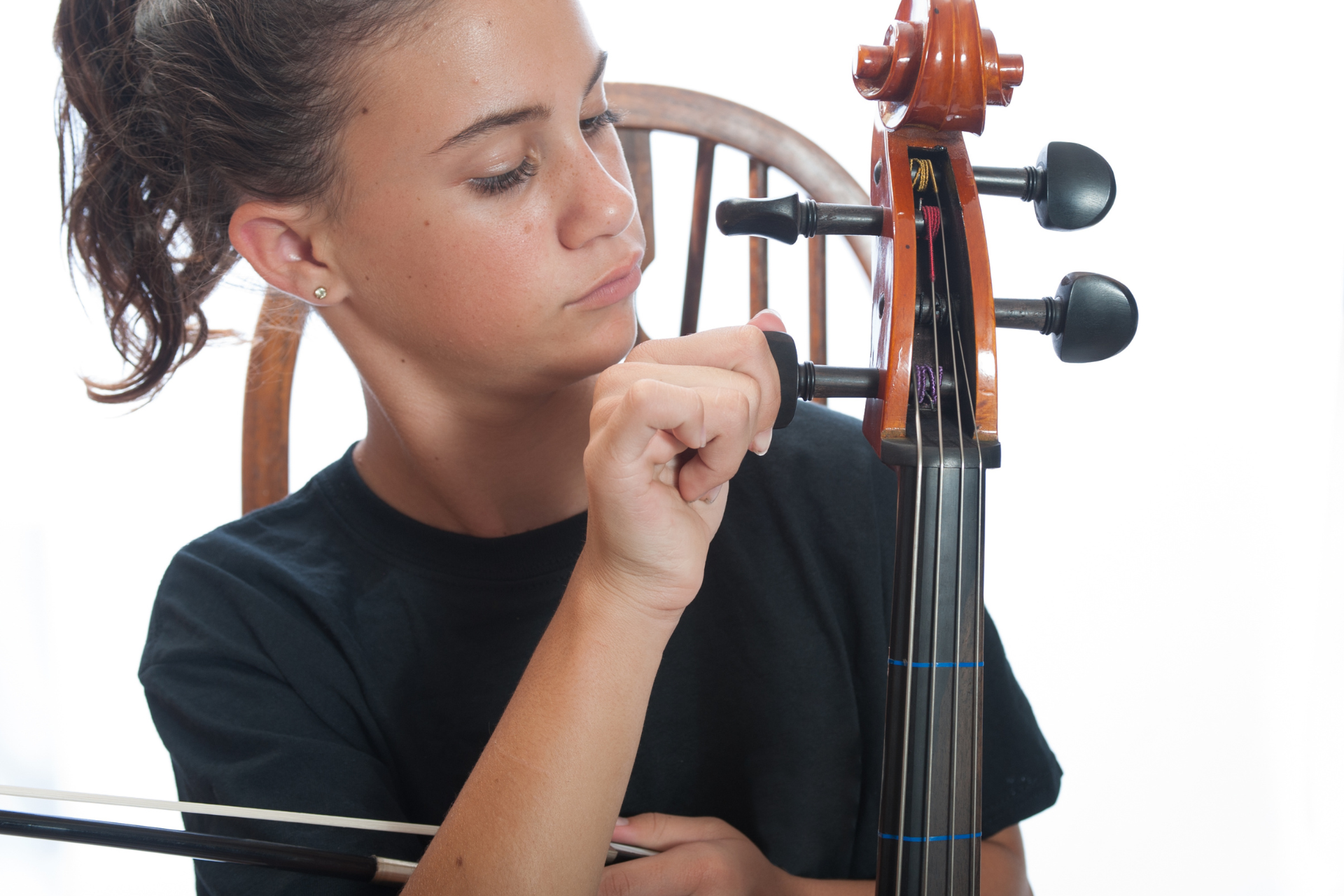General Articles
Mastering the Art of Tuning: How to Keep Your Instrument in Perfect Pitch
Understanding Why Tuning Matters
Before diving into the techniques for tuning specific instruments, it's important to understand why tuning is essential. When an instrument is properly tuned, it produces notes at the correct pitch, allowing it to sound harmonious whether played solo or with others. Poor tuning can make even the most skilled musician sound off-key. Tuning regularly also helps train your ear and keeps your instrument in good condition.
The Basics of Tuning
Tuning involves adjusting the tension of the strings so that each produces a specific pitch. Most string instruments are tuned using a reference pitch, such as a tuning fork, piano, or electronic tuner. The standard tuning pitch is A440, which means the A above middle C vibrates at 440 Hz.
Whether you're using your ear, a tuning app, or a digital tuner, tuning should always be done before practice or performance to ensure clarity and consistency in your sound.
How to Tune a Guitar
Standard Guitar Tuning
The standard tuning for a six-string guitar from lowest (thickest) to highest (thinnest) string is:
-
E (6th string)
-
A (5th string)
-
D (4th string)
-
G (3rd string)
-
B (2nd string)
-
E (1st string)
This is commonly referred to as EADGBE tuning.
Steps to Tune a Guitar
-
Use a Tuner: Clip-on tuners or app-based tuners are great for beginners. Play an open string and adjust the tuning peg until the tuner reads the correct pitch.
-
Tune from Low to High: Begin with the 6th string and work your way up to the 1st string.
-
Use Harmonics (Advanced): You can also use harmonics (lightly touching the string above the 5th or 7th fret) to compare and tune strings to each other for more accuracy.
-
Stretch and Recheck: After tuning, gently stretch the strings and retune to account for string tension changes.
Common Alternate Tunings
-
Drop D (DADGBE): Used in rock and metal for power chords.
-
Open G (DGDGBD): Popular in blues and slide guitar.
How to Tune a Violin
Standard Violin Tuning
A violin has four strings, tuned from lowest to highest as:
-
G (4th string)
-
D (3rd string)
-
A (2nd string)
-
E (1st string)
Steps to Tune a Violin
-
Use Fine Tuners and Pegs: Most violins come with fine tuners on the tailpiece and pegs at the top. Use fine tuners for small adjustments and pegs for larger ones.
-
Tune from Lowest to Highest: Start with the G string and move up to E.
-
Use a Tuner or Piano: A tuning app, digital tuner, or piano can provide a reference pitch.
-
Tune Gently: Turn the pegs slowly to avoid snapping the strings. If you’re new, seek help from a teacher or shop technician.
Pro Tips
-
Always check tuning before each session, as temperature and humidity can cause strings to loosen or tighten.
-
New strings will stretch and may require frequent retuning.
How to Tune a Cello
Standard Cello Tuning
The cello has four strings tuned from lowest to highest as:
-
C (4th string)
-
G (3rd string)
-
D (2nd string)
-
A (1st string)
Steps to Tune a Cello
-
Start with the Pegs: Use the tuning pegs for large adjustments if the string is significantly out of tune.
-
Use Fine Tuners: These are found on the tailpiece and are ideal for minor pitch corrections.
-
Use a Tuner or Piano: Match each string to its correct pitch using a reliable reference.
-
Tune in Quiet Environment: Since cello tones are deep, subtle pitch differences are harder to hear in noisy surroundings.
Tuning Tips for Cellists
-
Tune strings in order from lowest to highest.
-
Always loosen the string slightly before tightening when using pegs to avoid breaking strings.
-
Warm up the cello by playing gently before final tuning.
Choosing the Right Tuner
Several types of tuners are available for musicians of all levels:
-
Clip-On Tuners: Attach to the headstock or bridge and sense vibrations. Great for noisy environments.
-
App-Based Tuners: Convenient and usually free or low-cost, but can be affected by background noise.
-
Pedal Tuners: Used by electric guitarists during performances.
-
Chromatic Tuners: These detect all pitches and work for any instrument.
At Rhythm Music Shop, we carry a range of tuners suitable for beginners to advanced players, including digital clip-ons and chromatic options.
Common Tuning Mistakes to Avoid
-
Overtightening Strings: This can cause them to snap.
-
Ignoring the Instrument’s Condition: Old or worn-out strings won’t hold tuning well.
-
Tuning Too Quickly: Rushing can lead to inaccurate tuning or broken strings.
-
Not Checking Pitch Accuracy: Always ensure the tuner is set to the correct frequency (A440) for standard tuning.
Maintaining Tuning Stability
Even when tuned correctly, string instruments can drift out of tune due to several factors:
-
Temperature and Humidity Changes: These can cause wood and strings to expand or contract.
-
New Strings: They take time to stretch and settle.
-
Frequent Playing: Regular playing slightly alters string tension.
To maintain stable tuning:
-
Store instruments in cases when not in use.
-
Use a humidifier in dry environments.
-
Replace strings regularly.
-
Tune before every session.
Training Your Ear
While electronic tuners are useful, developing your ear is invaluable for musicianship. Practice tuning by matching notes to a reference pitch, using a piano, tuning fork, or drone tone. Over time, you'll start to notice pitch differences more easily and make faster tuning adjustments by ear.
Tuning as a Musical Habit
Tuning isn’t just a technical task; it’s a musical ritual. Taking the time to tune mindfully prepares you mentally and physically for practice or performance. It connects you to your instrument and the music you’re about to create.
Whether you play the guitar, violin, or cello, proper tuning is the foundation of your sound. Make it a regular habit, and you’ll not only sound better but become a more confident and attentive musician.
Final Thoughts
No matter what instrument you play, knowing how to tune it properly is a fundamental skill. From the bright strum of a guitar to the warm resonance of a cello, accurate tuning ensures your music always sounds its best. With regular practice and the right tools, tuning becomes second nature and part of the joy of playing.
Looking to upgrade your tuning gear or need a hand with your instrument setup? Visit Rhythm Music Shop, your go-to music store proudly serving Markham, Richmond Hill, North York, Scarborough, and the rest of the GTA.

